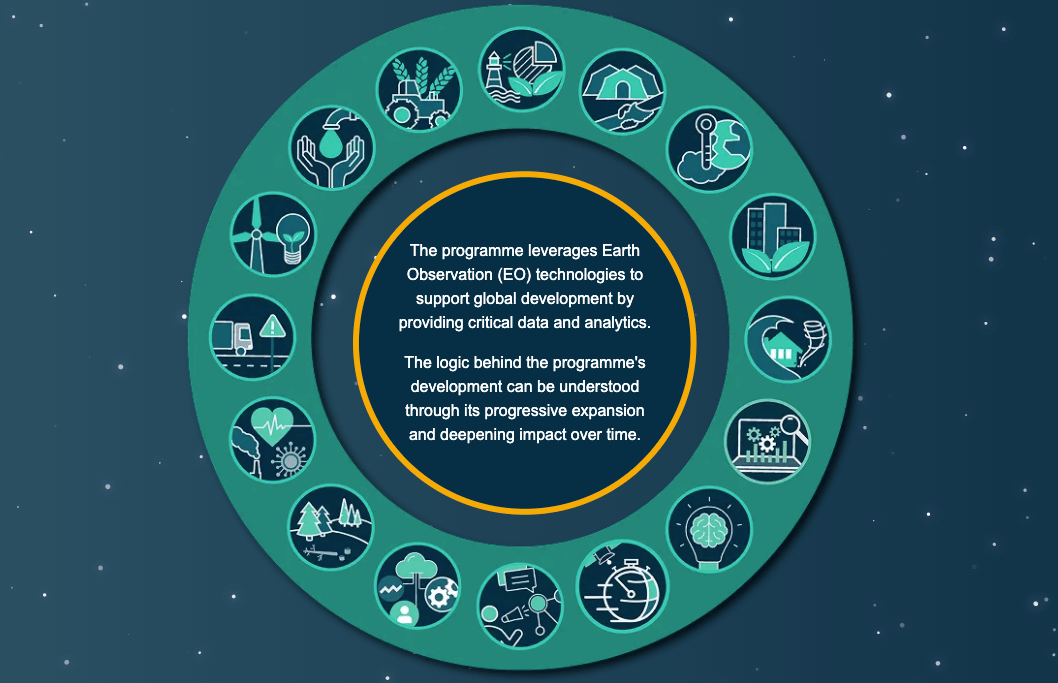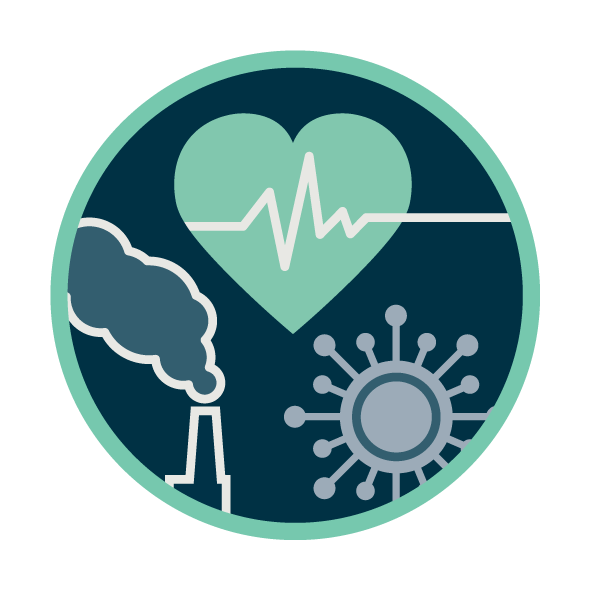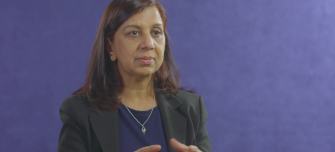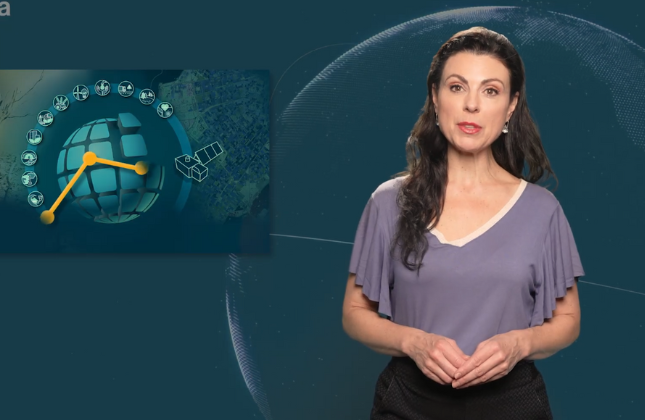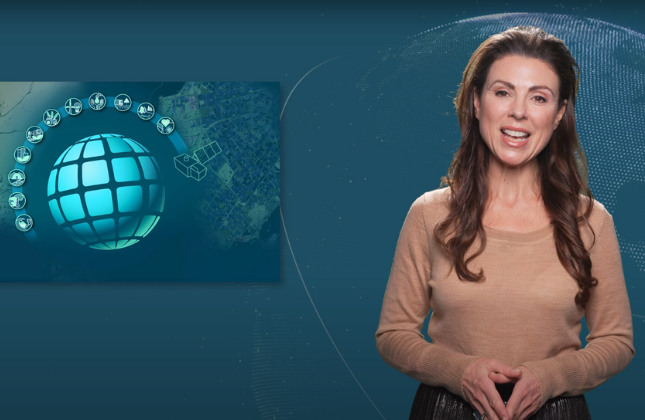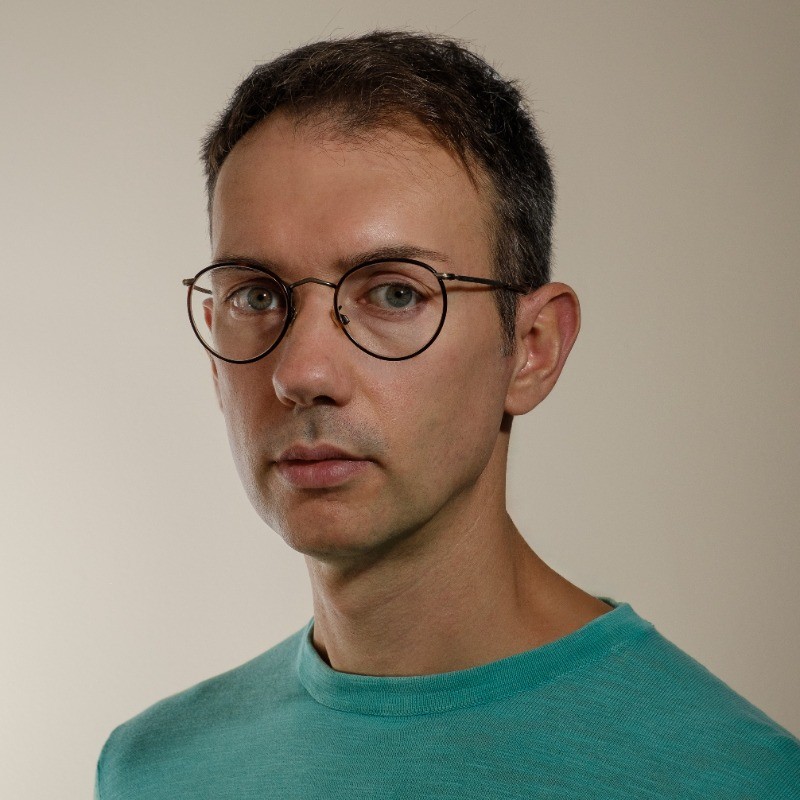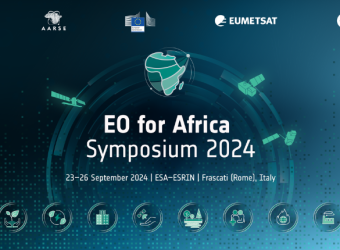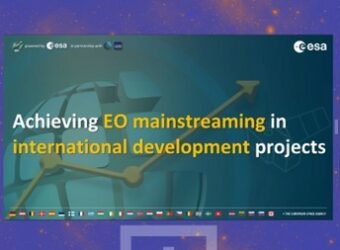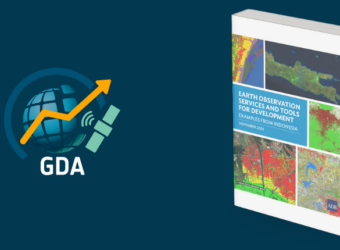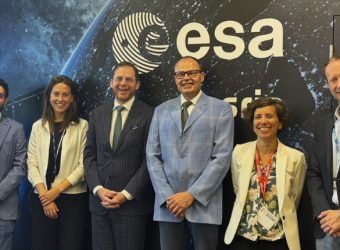In early October, Fabio Cian, the ESA representative to the World Bank, had the privilege of attending the Second EU-Caribbean Global Gateway Conference on Sargassum in Grenada, eastern Caribbean, as part of a World Bank-IFC delegation. The event gathered over 300 key stakeholders from across the Caribbean, including senior government officials, private sector leaders, and development partners. It marked a critical moment for addressing the growing sargassum crisis while exploring innovative opportunities within the region’s Blue Economy.
Collective Action and Innovation
Prime Minister Mitchell of Grenada, alongside Hon. Kerryne James, Minister for Climate Resilience, Environment, and Renewable Energy, presented a comprehensive vision for tackling the sargassum problem. Their approach includes creating a regional framework for sargassum collection—from beaches, nearshore areas, and offshore zones—and establishing a Regional Sargassum Secretariat and Value Chain Hub. This initiative would standardise monitoring practices and promote the sustainable utilisation of sargassum in commercial industries such as biofuels, fertilisers, and cosmetics. The overarching goal is to mitigate the harmful environmental, social, and economic impacts of sargassum while fostering sustainable development.
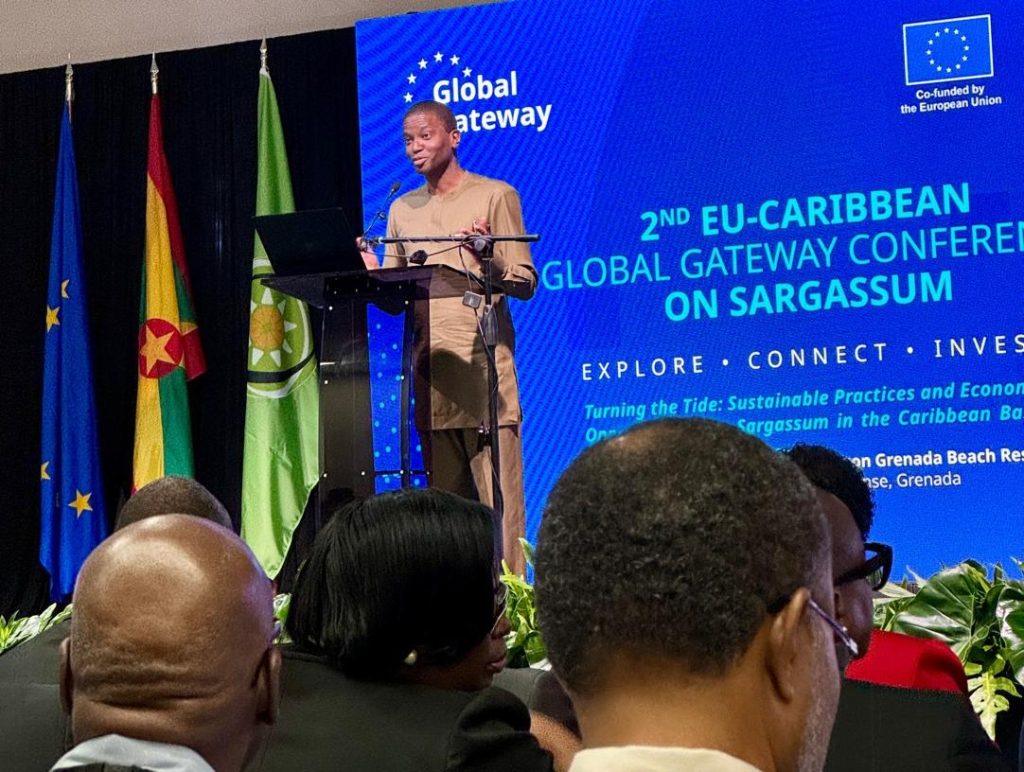
Prime Minister Mitchell of Grenada at the opening of the conference.
Felix Fernandez-Shaw, EU Director for Latin America and the Caribbean, underscored the critical role of private-sector investment and international financial institutions in developing sustainable value chains for sargassum. His remarks emphasised the importance of securing a reliable supply chain to maximise the potential of this underutilised resource.
Future Collaborations and Investments
The conference revealed an urgent need for collaboration across sectors to develop scalable solutions. Technical and financial assistance for beach clean-up efforts and the establishment of regional sargassum storage facilities are key priorities.
Several companies have begun utilising sargassum in products ranging from biogas to biodegradable plastics. However, these enterprises face significant challenges in scaling up, securing capital, and expanding operations. Strengthening partnerships between public and private sectors could be crucial in overcoming these barriers and turning sargassum into a profitable resource.
Looking Ahead
As we look forward, it’s clear that addressing the sargassum influx and broader climate challenges in the Caribbean will require coordinated, long-term action. The momentum generated by the Second EU-Caribbean Global Gateway Conference provides a solid foundation to tackle these issues. By fostering innovation, building partnerships, and aligning investments, the region can turn the sargassum challenge into a catalyst for sustainable development in the Blue Economy.

Sargassum on the beach of Grenada.
The Role of Earth Observation in Sargassum Monitoring and Management
A key theme from the conference was the crucial role technology can play in addressing the sargassum issue. Effective monitoring is essential not only to understand where sargassum presents a threat but also to identify opportunities for collection and utilisation in the supply chain. Real-time monitoring allows for early warning systems to mitigate immediate impacts on tourism and fisheries—two industries that suffer when sargassum affects beaches and navigational routes. Additionally, sargassum decomposes and releases toxic substances, further threatening coastal ecosystems and local economies.
Medium-term forecasting and ecosystem modelling are also crucial for planning purposes. Knowing how much sargassum can be harvested without disrupting marine ecosystems is vital for sustainable industry practices. Understanding seasonal fluctuations and accurate forecasting will also help industries plan logistics for collection and processing.

EO can play a significant role in both monitoring and forecasting. By providing timely, region-wide data, EO can inform decision-making on where and when to collect sargassum. Moreover, EO technology can enhance ecosystem modelling by linking environmental variables such as sea surface temperature and nutrient levels with the location and quantity of sargassum blooms.
Lastly, local communities are indispensable to this process. Their involvement in collecting and validating data can improve the accuracy of EO-based monitoring and forecasting while also contributing to the development of new value chains that benefit local economies.
ESA’s and IFIs effort on sargassum monitoring
ESA has supported research and development in sargassum monitoring and forecasting for the past decade, using Sentinel-3 and MODIS data. More recently, ESA contributed to the real-time detection and drift forecast work under the Copernicus Marine Service.
ESA, together with International Financial Institutions (IFIs), has promoted the use of innovative technologies to tackle challenges related to sargassum and foster the adoption of EO-based monitoring and forecasting systems.
The Inter-American Development Bank (IDB) has recently issued an innovation challenge focused on sargassum, aiming to promote the development of innovative applications that harness the potential of the sargassum biomass and improve resilience in coastal communities across Latin America and the Caribbean.
ESA, through its Global Development Assistance (GDA) programme, and the World Bank, via its PROBLUE programme, are exploring potential collaborations for the operationalisation of a large-scale detection and monitoring service at the regional level.
At ESA, our engagement on the sargassum issue reflects our commitment to leveraging EO technology for sustainable development. By providing accurate, real-time data and supporting forecasting capabilities, we are not only helping to address the immediate environmental and economic impacts of sargassum but also supporting the long-term integration of EO services into the activities of International Financial Institutions and regional governments. Our goal is to foster a future where these technologies are fully embedded in decision-making processes, enabling countries to monitor, manage, and mitigate sargassum and other environmental challenges more effectively, thus contributing to resilient and sustainable Blue Economies across the Caribbean and beyond.



